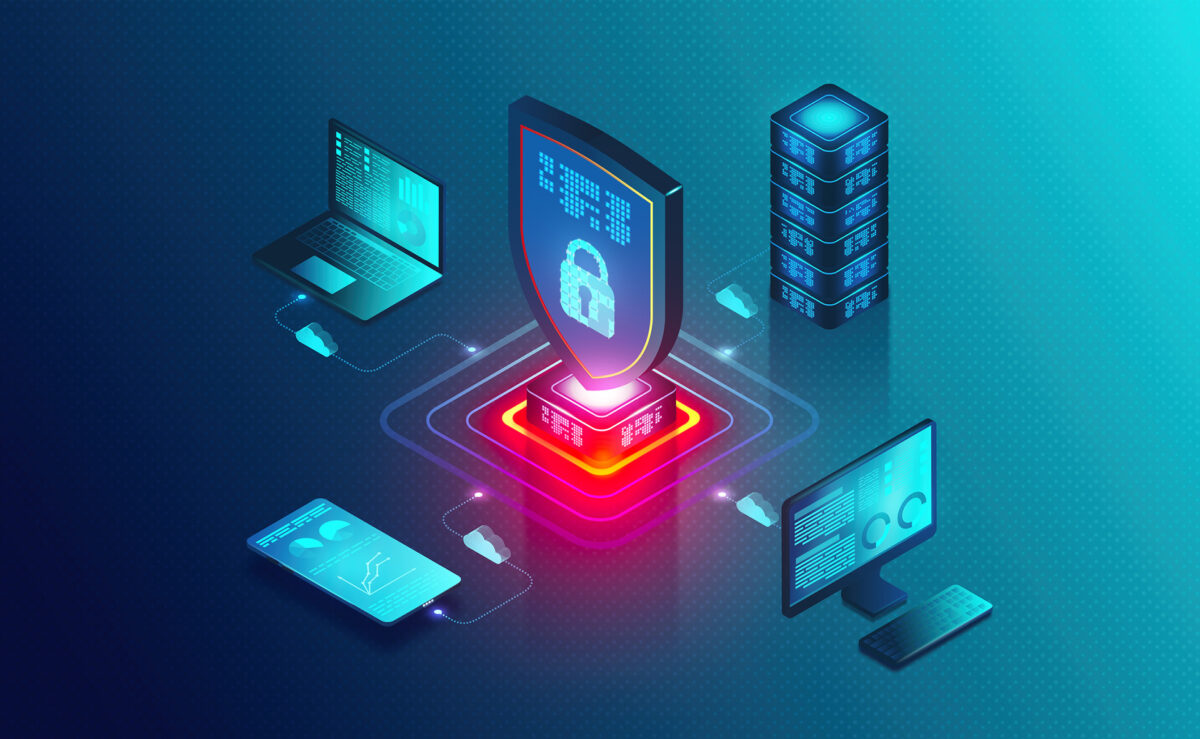Enhancing Cybersecurity with Endpoint Detection and Threat Response
How can businesses use Endpoint Detection and Threat Response (EDR) to safeguard sensitive data and systems against cybersecurity threats?

In today’s digital landscape, the importance of robust cybersecurity measures cannot be overstated. Cyber threats are continually evolving, becoming more sophisticated and targeted, which makes it imperative for businesses to adopt proactive approaches to safeguard their sensitive data and systems. One such approach gaining prominence is Endpoint Detection and Threat Response (EDR). Let’s look at how EDR contributes to a comprehensive cybersecurity strategy.
Real-time Threat Visibility
Endpoint Detection and Threat Response provides organizations with real-time visibility into their network endpoints. These endpoints, which include devices such as laptops, desktops, servers, and mobile devices, are the most common entry for cyberattacks. EDR solutions monitor these endpoints, collecting data on activities, behaviors, and potential anomalies in real-time. This real-time visibility enables organizations to detect and respond to threats promptly, minimizing the risk of a breach or data loss.
Early Threat Detection
Traditional cybersecurity solutions often rely on signature-based detection methods, which can struggle to identify new or unknown threats. EDR, on the other hand, employs advanced techniques such as behavioral analysis and machine learning algorithms. These methods can detect abnormal patterns of behavior that may indicate a cyber threat, even if there is no known signature. By identifying threats at an early stage, EDR helps organizations prevent potential breaches before they escalate into significant security incidents. EDR solutions offer rapid incident response capabilities, enabling cybersecurity teams to isolate compromised endpoints, contain threats, and mitigate the potential impact.
Threat Hunting and Analysis
Endpoint Detection and Threat Response solutions empower cybersecurity professionals to proactively hunt for potential threats within their network. By analyzing endpoint data, security teams can identify subtle signs of unauthorized access, unusual user behavior, or other indicators of compromise. This proactive approach allows organizations to stay one step ahead of cybercriminals and prevents threats from escalating into full-blown attacks.
Data Loss Prevention
Data breaches can result in severe financial and reputational damage for organizations. EDR solutions play a vital role in data loss prevention by monitoring data movement and transfers across endpoints. If an unauthorized attempt to access or transfer sensitive data is detected, the EDR system can trigger alerts and take immediate action to prevent data exfiltration, safeguarding valuable information from falling into the wrong hands.
Scalability and Centralized Management
Modern businesses often have diverse and sprawling IT environments, with numerous endpoints spread across different locations. EDR solutions offer scalability and centralized management, allowing organizations to monitor and protect a large number of endpoints from a single console. This centralized approach streamlines security operations, reduces complexity, and enhances the overall efficiency of cybersecurity efforts.
In conclusion, as cybersecurity threats continue to evolve in complexity and frequency, organizations must adopt advanced cybersecurity measures to safeguard their digital assets. Endpoint Detection and Threat Response (EDR) solutions provide the real-time visibility, early threat detection, and data loss prevention capabilities necessary to protect against modern cyber threats. By embracing EDR, businesses can enhance their overall cybersecurity standing, detect and mitigate threats effectively, and ensure the integrity of their sensitive data and systems. As the digital landscape evolves, EDR is a crucial component of a comprehensive cybersecurity strategy.
Leave a Comment